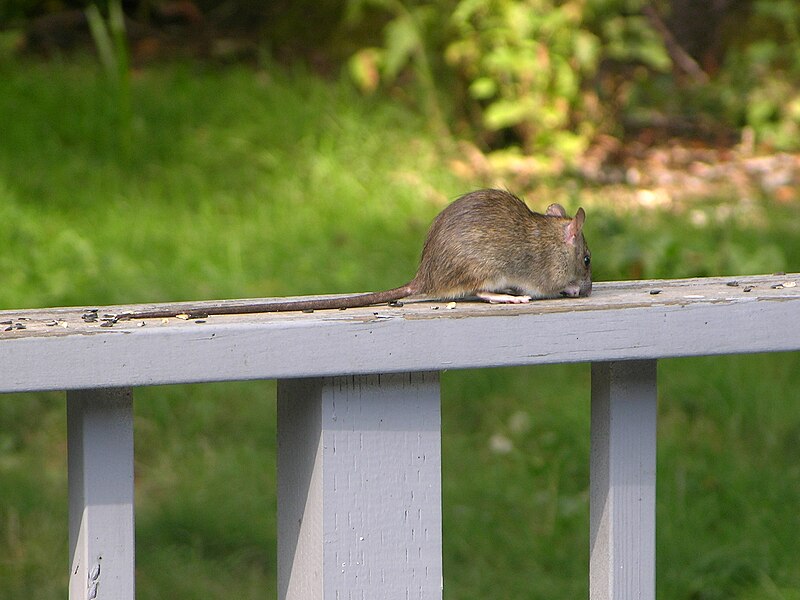Overview of the Roof Rat

The Roof Rat, scientifically known as Rattus rattus, is a common pest in urban areas. Also referred to as the black rat or tree rat, these agile rodents are known for their climbing abilities and preference for high nests in trees and roofs.
Roof Rat Identification
Physical Characteristics
Roof Rats typically measure between 13-3/4 inches to 17-3/4 inches in length, including their long tails, which are longer than the combined length of their bodies. They are characterized by:
- Coloration: Their fur ranges from black to slate gray, with some variations depending on subspecies.
- Ears: They have large, prominent ears that are hairless and stand out from their heads.
- Feet: Front paws have four toes, while back feet have five. The hind foot measures less than 1-1/2 inches from heel to the longest toe.
- Weight: Adults weigh between 4 to 12 ounces.
Subspecies Color Variations
The coloration of Roof Rats varies by subspecies:
- Rattus rattus: Black to slate on both the back and belly.
- Rattus alexandrinus: Reddish-brown back with a grayish-white belly.
- Rattus frugivorous: Gray back with a white or lemon-colored belly.
Roof Rat Life Cycle and Behavior
Reproduction
Female Roof Rats typically breed at around three months of age, with a gestation period of about 25 days. They can produce litters of 4 to 10 young approximately every 60 to 65 days.
Senses and Physical Abilities
Roof Rats possess strong sensory capabilities:
- Sight: Good depth perception but relatively poor detail recognition.
- Smell: Highly developed, helping them locate food.
- Touch: Sensitive whiskers aid in navigating their environment.
Behavior Patterns
- Feeding Habits: Roof Rats prefer fruits and vegetables, requiring approximately 3/4 to 1 ounce of food daily.
- Nesting: They build nests in secure locations such as attics, walls, or under machinery using soft materials.
- Nocturnal Activity: Primarily active at night, they may forage during the day if food is scarce.
Signs of Roof Rat Infestation
Homeowners should be aware of the following signs of Roof Rat activity:
- Droppings: Fresh droppings are often the first sign of an infestation.
- Tracks: Recognizable tracks resembling handprints with five toes on back feet and four on front feet.
- Gnawing Damage: Fresh gnawing marks on wood or other materials.
- Burrows: Look for burrows along building walls or under bushes.
How to Control Roof Rats
Prevention Strategies
Effective control of Roof Rats involves a combination of sanitation and exclusion techniques:
- Seal Entry Points: Close gaps and holes in buildings to prevent entry.
- Sanitize: Remove food sources and clutter where rats might nest.
- Use Traps: Set traps along walls and known pathways, ensuring bait is placed correctly to attract Roof Rats.
Professional Pest Control
If a Roof Rat infestation persists, it may be time to consult with a pest control professional. They can assess the situation and implement effective eradication measures.
Summary
Roof Rats can pose significant challenges for homeowners due to their quick reproduction and adaptability. By recognizing the signs of infestation early and taking proactive measures, you can protect your home from these unwanted pests. Regular inspections and a focus on sanitation can help prevent Roof Rat infestations and maintain a pest-free environment.
For more information, check out this data on how the Hawaiian government is addressing their rat issues. It offers a unique look at specific statistics.
